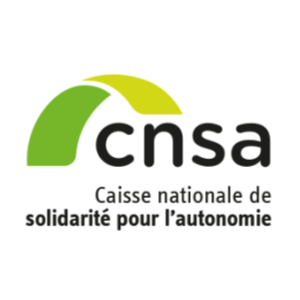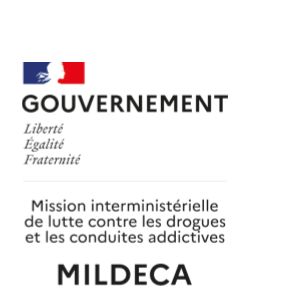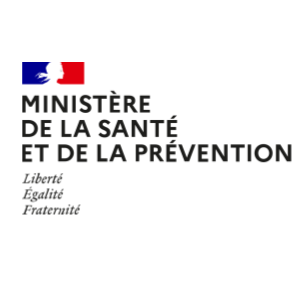CONSONANCE – Conséquences de la pandémie de COVID-19 pour les usagers de substances : psychoactives : risque d’infection et changements dans les modes de consommation. Analyses longitudinales des répondeurs SAPRIS de la cohorte CONSTANCES
Résumé de soumission
Substance use, a leading preventable cause of death worldwide, could have increased during the COVID-19 pandemic. Tobacco, alcohol and cannabis are among the most harmful substances and benzodiazepine use is also considered as a public health issue in several countries. Thus, COVID-19 and addictive behaviors are two pandemics which are on the verge of collision causing major public health threat.
However, substance use may be associated with the risk of being infected with SARS-Cov-2. Nevertheless, this risk could differ substantially according to the substance. Furthermore, despite electronic cigarettes are usually considered as harm reduction tools, this recommendation may not be applicable to the COVID-19 pandemic. Indeed, their use could be associated with both infection and severe form but data are still lacking to conclude. Thus, there is a call for examining the role of all these substances in longitudinal analyses, while taking into account their level of use and polyconsumption, and while distinguishing the risk of infection from the risk of severe form. In addition, the moderating roles of life and occupational conditions during the COVID-19 pandemic and of fear of contamination have not been examined, as well as the mediating effects of compliance to barrier measures and other psychotropic drugs consumption (e.g. antidepressants and neuroleptics), which have been linked to COVID-19 risk and severity, respectively.
Persons who used substances before the onset of the COVID-19 pandemic may encounter changes in their pattern of use (i.e. level of consumption, polyconsumption and risk of relapse) according to their experience of the COVID-19 pandemic. In particular, the following factors might be associated with such changes in substance users: mental health (e.g. anxiety, depression, sleep disorders, fear of contamination), life and occupational conditions (e.g. children at home, technical unemployment, remote worker, financial difficulties, and social isolation) and infection with SARS-Cov-2 and/or infection of a close. Understanding the roles of these factors on changes in patterns of substance among substance users is urgently needed to target at-risk substance users for information and prevention.
Thus, our two aims will be:
- To examine the risk of infection with SARS-CoV-2 according to tobacco, electronic cigarettes, alcohol, cannabis and benzodiazepine use, while taking into account: – the level of use and polyconsumption; – the distinction between the risk of infection and the risk of severe form; – the role of potential mediators and moderators.
First, we will compute weighted descriptive analyses to provide nationally-representative prevalence of infection with SARS-Cov-2 according to the level of substance use and polyconsumption.
Second, we will examine whether the risk of being infected with SARS-CoV-2 according to substance use could be mediated by compliance to barrier measures, psychotropic drugs, and/or moderated by life and occupational conditions during the pandemic, including fear of contamination.
Number of COVID-19 clinical symptoms will also be examined, as well as hospitalization and duration of sickness absences retrieved from medico-administrative registries.
- To examine the associations between the experience of the COVID-19 pandemic (i.e. mental health, life and occupational conditions, fear of contamination, infection with SARS-Cov-2 and/or infection of a close) and changes in the patterns of substance use among substance users.
After having examined changes in the level of substance use for each substance separately, polyconsumption and risk of relapse among past users will be examined. Regarding benzodiazepine use, three indicators will be used: frequency of use, continuous use for more than three months and total delivered DDD.
To achieve these two goals, we will include all the participants from the CONSTANCES cohort who responded to the SAPRIS survey (N=48,392). Statistical analyses will be handled using generalized linear regressions and structural equation modeling. All the analyses will be adjusted for age, gender, physical and mental health status before the COVID-19 pandemic and sociodemographic factors.
The CONSONANCE project will help public health policy makers to target at-risk substance users for standardized screening for SARS-CoV-2, improved access to vaccines, treatments and medical surveillance. A better understanding of the underlying mechanisms that lead to increased risks of COVID-19 and severe form in substance users will be helpful to adjust information and prevention. The CONSONANCE project will also help both public health policy makers and clinicians to pay particular attention to substances users who could be more prone to experience detrimental consequences of the COVID-19 pandemic regarding their level of substance use.
Equipes du projet
Coordonnateur :
AIRAGNES Guillaume
N° ORCID : 0000-0002-3494-5083
Structure administrative de rattachement : Département Médico-Universitaire de Psychiatrie et Addictologie, AP-HP, Centre-Université de Paris
Laboratoire ou équipe : INSERM UMS 011, Population-based Epidemiologic Cohorts
Autres équipes participantes :
Responsable de l'équipe 2 : LEMOGNE Cédric
AP-HP
Responsable de l'équipe 3 : MELCHIOR Maria
INSERM, Responsable de l’Equipe de Recherche en Epidémiologie Sociale (ERES) à l’IPLESP Responsable du Département Santé, Institut Convergences sur les Migrations
Dites-le nous !














